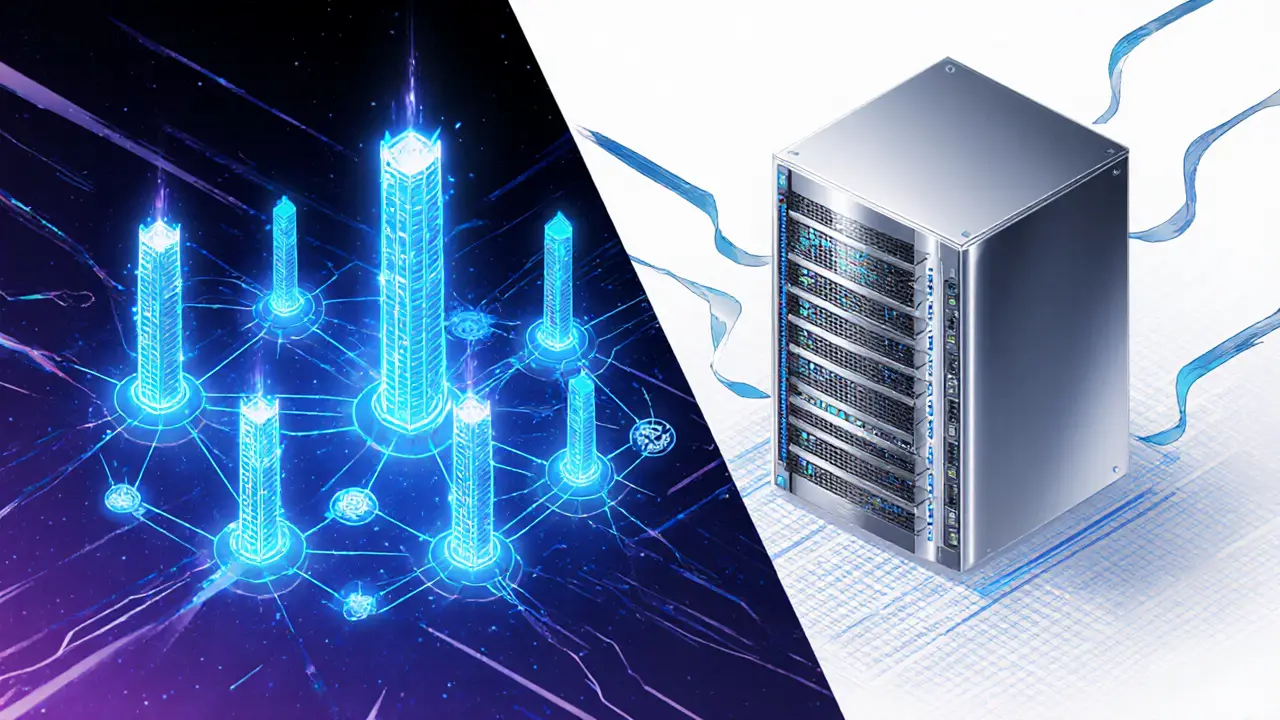Blockchain: What It Is and Why It Matters
When working with blockchain, a decentralized, tamper‑proof ledger that records transactions across many computers. Also known as distributed ledger technology, it powers everything from Bitcoin to enterprise supply‑chain solutions. Blockchain lets anyone verify data without trusting a single authority, which is why developers, investors, and regulators keep talking about it.
Key concepts and tools you’ll encounter
One of the oldest building blocks is the mining pool, a group of miners who combine their hash power to find blocks faster and share rewards. Mining pools make proof‑of‑work (PoW) blockchains like Bitcoin practical for small operators. Another core piece is the Merkle tree, a hash‑based data structure that lets you verify any transaction with a single path hash. Merkle trees keep block verification lightweight and are also used in newer systems like Ethereum’s state trie.
When the industry moved to proof‑of‑stake (PoS), the role of validator nodes, participants that lock up tokens to propose and attest to new blocks, became crucial. Validators earn staking rewards but also face slashing if they act maliciously, which adds economic security to the network. Across the globe, governments are experimenting with central bank digital currencies (CBDCs), state‑issued digital cash that runs on or alongside blockchain platforms. CBDCs influence blockchain adoption by bringing official digital money into the same technical space, sparking debates about privacy, interoperability, and monetary policy.
All these pieces connect in simple ways: blockchain encompasses distributed ledgers; mining pools enable PoW block creation; validator nodes secure PoS chains; Merkle trees provide efficient verification; and CBDCs shape the regulatory landscape. Understanding these relationships gives you a solid base to explore the deeper guides below. Below you’ll find practical articles on mining pool mechanics, Merkle‑Patricia versus binary Merkle trees, validator node setup, CBDC case studies, and much more—each aimed at helping you navigate the fast‑moving world of blockchain technology.
Explore the fundamental differences between blockchain technology and traditional databases, from architecture and performance to security, cost, and ideal use cases.
Read MoreExplore how decentralized identity gives users control, boosts security, cuts costs, and eases GDPR compliance while reshaping digital authentication.
Read More






